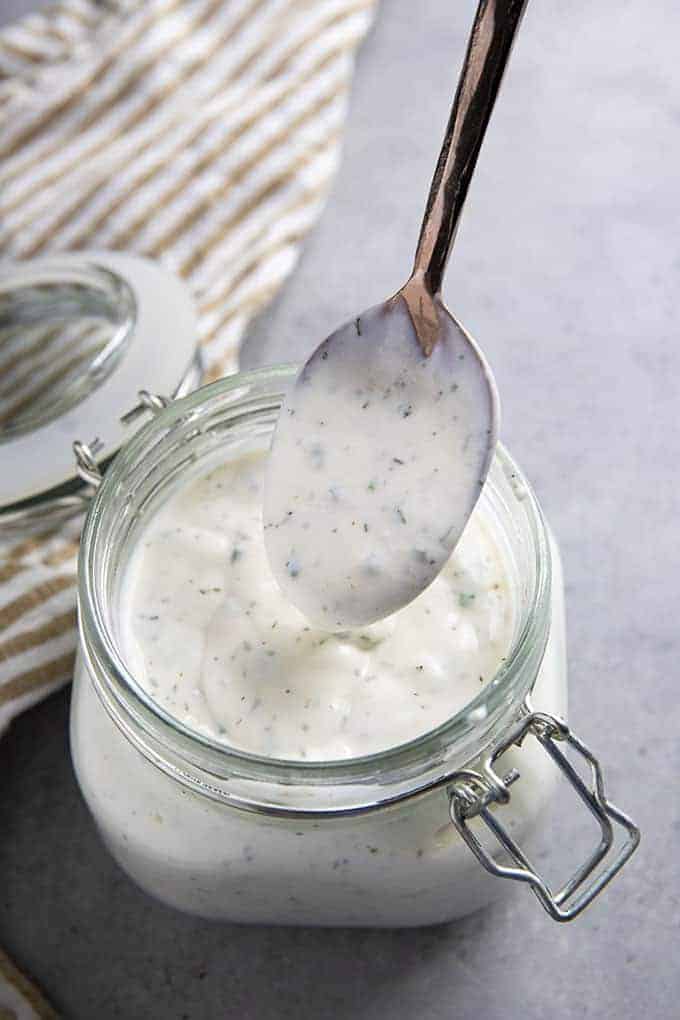R IS FOR RED-EYE GRAVY
By:
December 10, 2023

An installment in CONDIMENT ABECEDARIUM, an apophenic food-history series from HILOBROW friend Tom Nealon, author of the seminal book Food Fights and Culture Wars: A Secret History of Taste (2016 UK; 2017 US); and also — here at HILOBROW — the popular series STUFFED (2014–2020) and DE CONDIMENTIS (2010–2012).
CONDIMENT ABECEDARIUM: SERIES INTRODUCTION | AIOLI / ANCHOVIES | BANANA KETCHUP / BALSAMIC VINEGAR | CHIMICHURRI / CAMELINE SAUCE | DELAL / DIP | ENCURTIDO / EXTRACT OF MEAT | FURIKAKE / FINA’DENNE’ | GREEN CHILE / GARUM | HOT HONEY / HORSERADISH | INAMONA / ICE | JALAPEÑO / JIMMIES | KECAP MANIS / KIMCHI | LJUTENICA / LEMON | MONKEY GLAND SAUCE / MURRI | NƯỚC CHẤM / NUTELLA | OLIVE OIL / OXYGALA | PIKLIZ / PYLSUSINNEP SAUCE | QIZHA / QUESO | RED-EYE GRAVY / RANCH DRESSING | SAMBAL / SAUERKRAUT | TZATZIKI / TARTAR SAUCE | UMEBOSHI / UNAGI SAUCE | VEGEMITE / VERJUS | WHITE GRAVY / WOW-WOW SAUCE | XO SAUCE / XNIPEK | YOGHURT / YEMA | ZHOUG / ZA’ATAR | GOOD-BYE TO ALL TZAT(ZIKI).

One of the simplest, most singular gravies is red-eye.
True to the original origins of gravy, before thickeners and flavorings and other sophistications, red-eye gravy is a liquid. Just the leavings from cooking country ham (it needs country ham for the saltiness and depth of flavor; a city ham is too juicy and sweet) deglazed with coffee — preferably old, strong coffee.
Once, a thousand years or more ago, all gravy was thin and simple and precious. Not stretched with flour, faked with gravy master, whisked with a roux or cleverly made viscous with cornstarch or guar gum. Just thin and honest and robust. Fat and salt made liquid. Red-eye gravy is that, but also coffee.
Does it seem to stare at you, your gravy? Judging you? It’s not judging this breakfast choice, but all the others. Every time you didn’t have ham and biscuits with red-eye gravy. Every time you chose toast or horribly extruded cereal or, heaven forfend, a smoothie. It might not form a perfect eye, it might be a thousand broken eyes or a few Picasso eyes shattered across the surface of the black coffee, but it is always looking at you. Don’t screw it up.
Makes a great sandwich: Halve a biscuit and dip each gently in the gravy, put the ham on it; enjoy.

When the Mongolian Empire took over Russia in 1238, it brought with them the horse-driven fermentation technology for making kumis. A sour, mildly alcoholic, mare’s milk similar to kefir, kumis was fermented in Mongolian saddle bags as they rode across the steppe extracting tribute from vassal states like Russia. Mongolia had Russia under their thumb for over 200 years, and during this time this soured milk spread and was adapted into a more sedentary version using cow’s milk, smetana. It attracted a variety of spices and uses and burrowed its way deep into the Russian cuisine and psyche. Elsewhere, as it spread, it was called crema, crême fraîche, sour cream.
In 1972 Steve Henson sold his recipe for Hidden Valley Ranch dressing to Clorox for $8 million. A rancher from Nebraska, he had supposedly developed the recipe while working as a “plumbing contractor” in “Alaska” and then marketed it afterwards at his “ranch” (a sort of motel/b&b) in California. It has been pointed out that the recipe for Hidden Valley Ranch and common recipes for smetana are extremely similar; onion, dill, parsley, garlic, chives, salt, pepper. The only real deviation was Steve’s (undeniably brilliant) addition of MSG to the mix and the covering his tracks maneuver of mixing (sour) buttermilk and mayo in lieu of sour cream. The 1950s, you will remember, were consumed by the burgeoning Cold War. Russia had (spasiba Rosenbergs) detonated their first atomic bomb in 1949 and then built a military base on Big Dolamide in the Bering Strait. The US countered with an appropriately smaller base on Little Dolamide, 2.4 miles away. Steve moved to Alaska in 1954 and the question everyone is asking is: Did they need any “plumbing” done on Little Dolamide?
In any case, ranch slowly gained in popularity through the salad-bar 1970s and the Cool Ranch Doritos 1980s. People started using the powder as a flavoring and an ingredient for mac and cheese and ramen, the dressing as a dip for pizza and french fries and spring rolls, and as a sauce for pasta, enchiladas, and pad thai until it was nearly as ubiquitous in American cuisine as sour cream is in Russian. Until one day they stopped and tried something else.
Just kidding; bring me my ranch hose and take me to ranch-themed restaurant (34 flavors made fresh daily) Twisted Ranch in St. Louis, MO.
TOM NEALON at HILOBROW: CONDIMENT ABECEDARIUM series | STUFFED series | DE CONDIMENTIS series | SALSA MAHONESA AND THE SEVEN YEARS WAR | & much more. You can find Tom’s book Food Fights & Culture Wars here.
